They are non-toxic pigments, in powder form, for colouring oils and waxes, lacquers and varnishes, natural plasters. They can also be used for tinting paints. There are 22 pigments in a wide range of colours. Their names - like natural shade - don't always suggest colour, so click on the colour to get an idea.
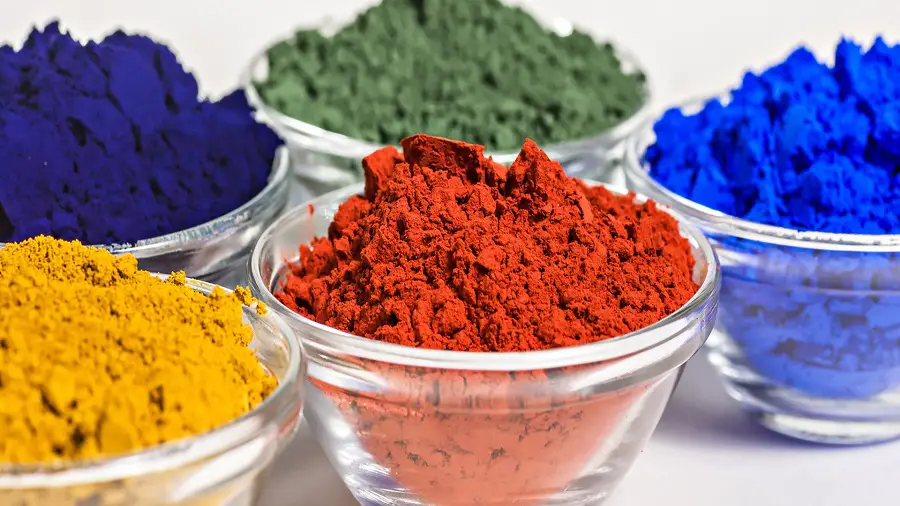
What natural pigments are and how they are used
Kreidezeit's natural pigments are colouring products found in nature. They contain no added chemicals or other auxiliaries. They are the same pigments that were used in the past to colour lime, fabrics or natural fibres.
The difference with the pigments of the past is that they now contain no heavy metals. As I said before, there are products in nature that are not always good for you. Kreidezeit's natural products have the advantage that they are chosen to be natural and healthy. Each product is thoroughly analysed and those that contain even the slightest trace of a substance that could cause harm are removed. This is also the case for these pigments, chosen so that they do not contain the slightest trace of lead or other heavy metals.
Unlike dyes, pigments are not soluble in water or solvents. To colour, pigments must be mixed with the base used. You will see in the instructions that to colour lime-based paints or other natural paints and plasters must be mixed with water. There is no mistake. They mix with water, but are not soluble in it. Therefore, initially, they must be mixed with a small amount of water, very thoroughly, until a paste is formed.
Oil stains, waxes, paints or natural plasters with natural pigments
Regardless of which base the pigment is to be added to, first all the pigment used must be mixed with a small amount of base or water (in the case of water-based products). The mixing should be done thoroughly so that no lumpy pigment remains. The resulting paste is then mixed with the rest of the base.
When staining waxes it is a little more difficult because the wax is solid and it is harder for the pigment to incorporate evenly into it. To get an evenly coloured wax first mix a small amount of wax with the full amount of pigment. Mixing should be done with a spatula on a flat surface - 0 glass plate or a stainless steel surface. The resulting coloured paste is added to the rest of the wax and mixed thoroughly.
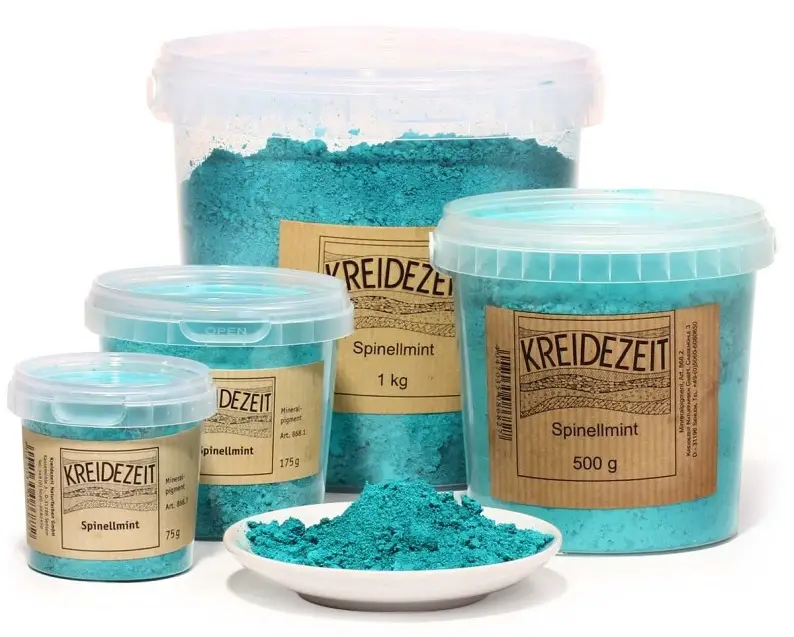
How to make your own oil-based paints
With these pigments you can make your own natural oil-based paints. You need polymerised oil (any Kreidezeit oil) and any pigment or pigment mixture from the Kreidezeit range of natural pigments. If the pigments have clumps (small lumps) you can use a garlic grinder to grind them into a fine powder.
Mix a small amount of oil with the pigment. The mixing must be done very thoroughly so that not even the slightest lump remains. It is recommended that the mixing is done on a flat surface, a stainless steel or glass table. Spread the paste formed with a spatula or a wide-bladed knife on the flat surface and in this way the lumps are destroyed and the oil and pigment are mixed very well. It is recommended not to use more than 20% pigment. The more pigment added, up to 20%, the better the paint will cover. More pigment may, however, lead to separation of the oil or a dry appearance of the paint.
Finally dilute the paste formed with the necessary amount of oil to obtain, according to your preference, dense or semi-transparent paint or pigmented oil, which you can use as laziness for outdoors.
Here is the link to the Clever Shop where you can purchase Kreidezeit's range of natural pigments for oils, waxes, paints and plasters


















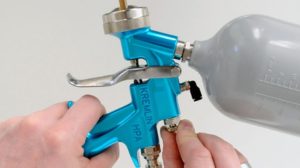


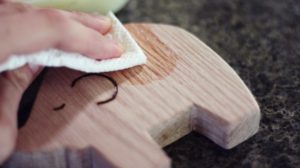


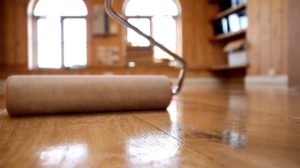


Add comment